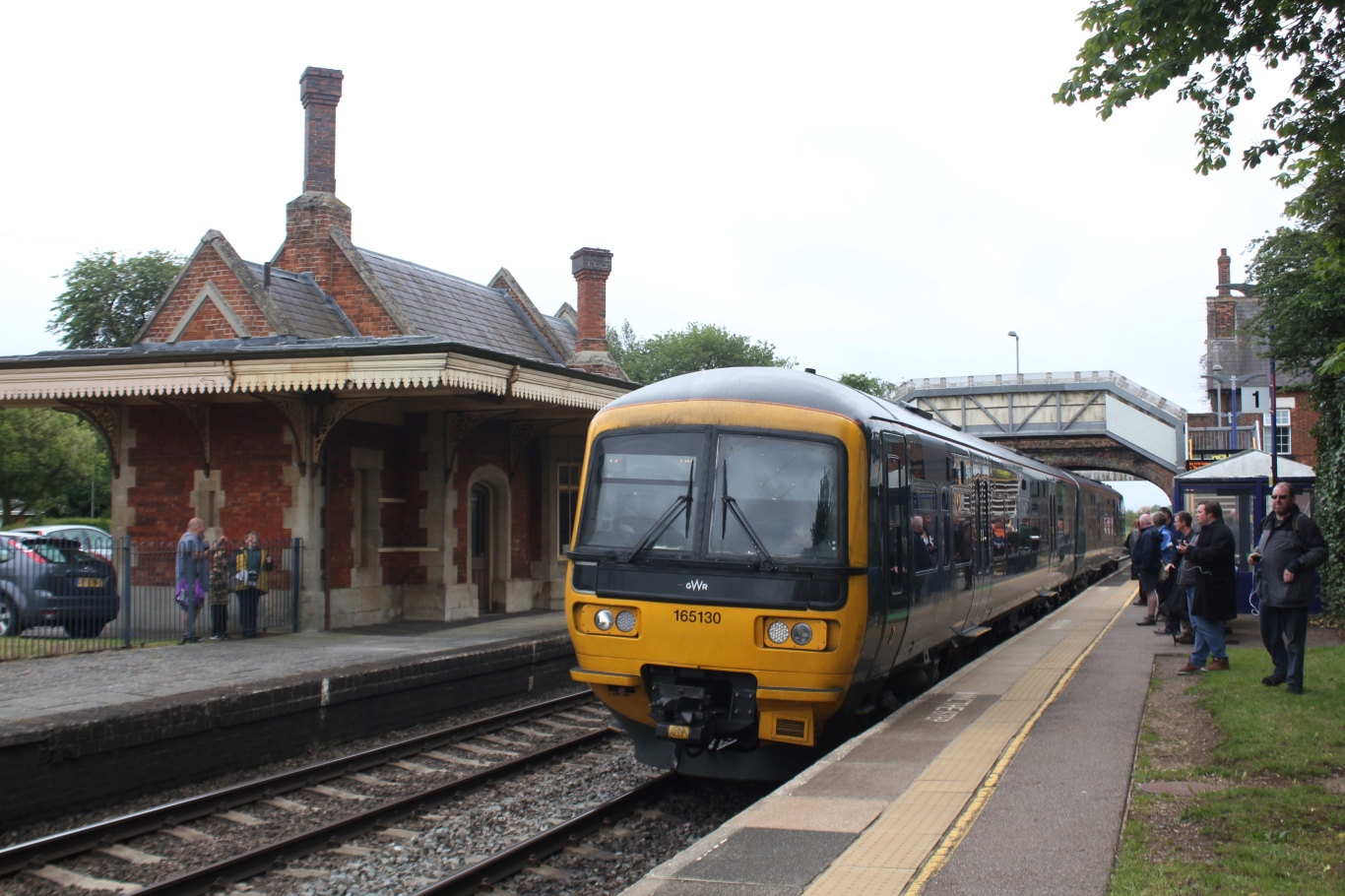Culham railway station on:
[Wikipedia]
[Google]
[Amazon]
Culham railway station serves the village of
 The service from here is irregular outside of weekday peak periods, with sizeable gaps between calls in both directions. On weekdays there are 13 trains per day northbound towards Oxford and 12 towards Didcot with 8 each way on a Saturday. No trains call at Culham on Sundays.
The service from here is irregular outside of weekday peak periods, with sizeable gaps between calls in both directions. On weekdays there are 13 trains per day northbound towards Oxford and 12 towards Didcot with 8 each way on a Saturday. No trains call at Culham on Sundays.
Culham
Culham is a village and civil parish in a bend of the River Thames, south of Abingdon in Oxfordshire. The parish includes Culham Science Centre and Europa School UK (formerly the European School, Culham, which was the only Accredited Europe ...
in Oxfordshire
Oxfordshire is a ceremonial and non-metropolitan county in the north west of South East England. It is a mainly rural county, with its largest settlement being the city of Oxford. The county is a centre of research and development, primaril ...
, England. It is on the Cherwell Valley Line between and , from . It is served by local train services provided by Great Western Railway
The Great Western Railway (GWR) was a British railway company that linked London with the southwest, west and West Midlands of England and most of Wales. It was founded in 1833, received its enabling Act of Parliament on 31 August 1835 and ran ...
.
The station is just off the A415 road, between the villages of Culham and Clifton Hampden
Clifton Hampden is a village and civil parish on the north bank of the River Thames, just over east of Abingdon in Oxfordshire. Since 1932 the civil parish has included the village of Burcot, east of Clifton Hampden. The 2011 Census record ...
.
It is close to Culham Science Centre
The Culham Centre for Fusion Energy (CCFE) is the UK's national laboratory for fusion research. It is located at the Culham Science Centre, near Culham, Oxfordshire, and is the site of the Joint European Torus (JET), Mega Ampere Spherical Toka ...
, an scientific research site housing two nuclear fusion
Nuclear fusion is a reaction in which two or more atomic nuclei are combined to form one or more different atomic nuclei and subatomic particles ( neutrons or protons). The difference in mass between the reactants and products is manife ...
experiments: JET and MAST
Mast, MAST or MASt may refer to:
Engineering
* Mast (sailing), a vertical spar on a sailing ship
* Flagmast, a pole for flying a flag
* Guyed mast, a structure supported by guy-wires
* Mooring mast, a structure for docking an airship
* Radio mas ...
. The Science Centre was built on the site of RNAS Culham (HMS Hornbill), a World War II
World War II or the Second World War, often abbreviated as WWII or WW2, was a world war that lasted from 1939 to 1945. It involved the World War II by country, vast majority of the world's countries—including all of the great power ...
airfield.
History
TheGreat Western Railway
The Great Western Railway (GWR) was a British railway company that linked London with the southwest, west and West Midlands of England and most of Wales. It was founded in 1833, received its enabling Act of Parliament on 31 August 1835 and ran ...
opened the station on the – line as Abingdon Road on 12 June 1844. Its name was changed by the GWR to Culham, on 2 June 1856, on the opening of the branch from to Abingdon.
The original station building (no longer in railway use) is in the Tudor Revival architecture
Tudor Revival architecture (also known as mock Tudor in the UK) first manifested itself in domestic architecture in the United Kingdom in the latter half of the 19th century. Based on revival of aspects that were perceived as Tudor architecture ...
of Isambard Kingdom Brunel
Isambard Kingdom Brunel (; 9 April 1806 – 15 September 1859) was a British civil engineer who is considered "one of the most ingenious and prolific figures in engineering history," "one of the 19th-century engineering giants," and "on ...
and is a Grade II* listed building
In the United Kingdom, a listed building or listed structure is one that has been placed on one of the four statutory lists maintained by Historic England in England, Historic Environment Scotland in Scotland, in Wales, and the Northern Ir ...
.
The name ''Abingdon Road'' was later re-used for an entirely different station about to the north, , opened in 1908.
In some recent years passenger numbers using Culham have changed rapidly. The total increased 67% in the three years 2006–09, but then decreased slightly in 2010.
Services
References
External links
* Railway stations in Oxfordshire DfT Category F1 stations Former Great Western Railway stations Railway stations in Great Britain opened in 1844 Railway stations served by Great Western Railway Grade II* listed buildings in Oxfordshire Grade II* listed railway stations Isambard Kingdom Brunel railway stations {{SouthEastEngland-railstation-stub